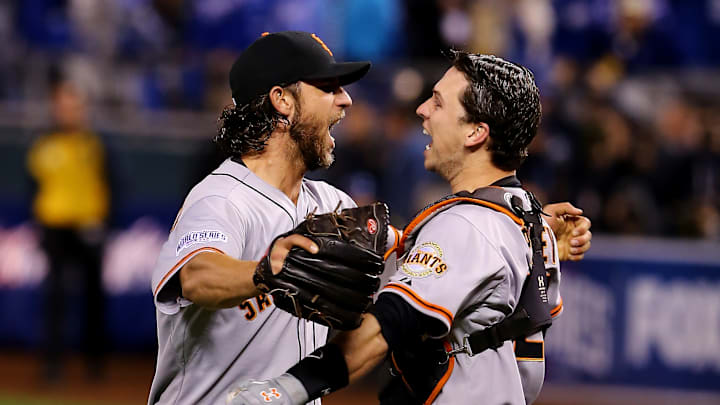The St. Louis Cardinals keep finding themselves in the headlines for all of the wrong reasons this season. Even with the glaring holes on their roster, it's been difficult to understand how the team has fallen this far below their expectations coming into the season.
It's easy (and correct) to point to their starting pitching as the biggest culprit for their demise, but teams like the Los Angeles Dodgers, Arizona Diamondbacks, and Baltimore Orioles have had their fair share of pitching woes this season and are in the thick of contention. While improving the pitching is the clearest path toward contention for the Cardinals in the near future, many have begun to call for a complete rebuild for St. Louis.
I think this line of thinking is just wrong. Going into a full-on rebuild is not the solution for the Cardinals. Trading Paul Goldschmidt and Nolan Arenado sets you back many years and completely forgoes the possibility of this team turning things around for next year.
Retool is the buzz word that the front office and fans should have on their lips this trade deadline and offseason. It's a more complicated approach than a traditional rebuild or pushing your chips into the center as a buyer, but it has the potential to right the ship for the Cardinals in a big way in 2024 and beyond. Why do I and other believe this? Well, there is evidence from past clubs that prove this is possible.
The San Francisco Giants, New York Yankees, and even the Boston Red Sox have found success retooling their clubs in different ways over the last decade. Some of these retools were more drastic than others, but I think the Cardinals have a lot to learn from these clubs as they look to embark on a retool of their own.
